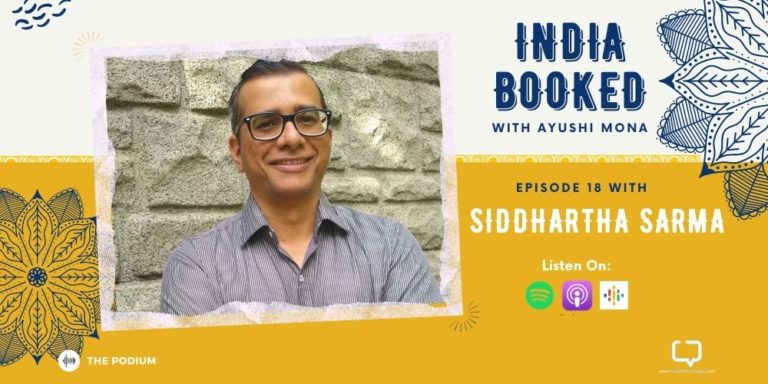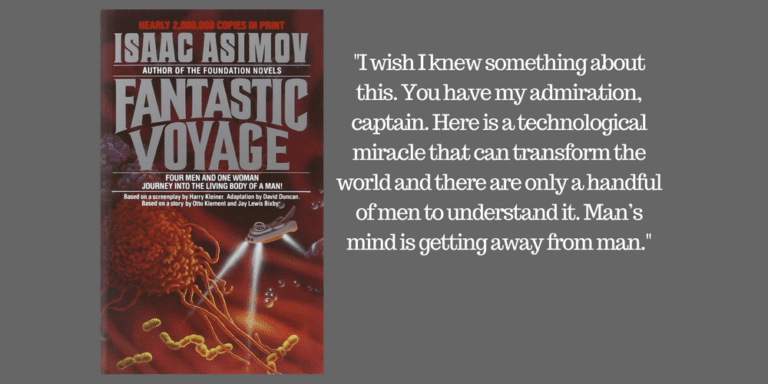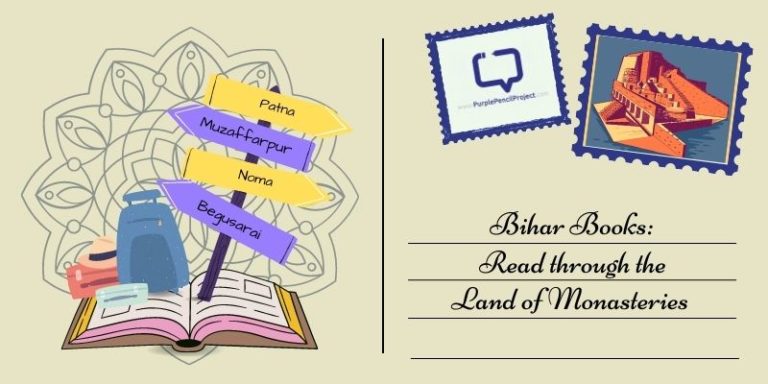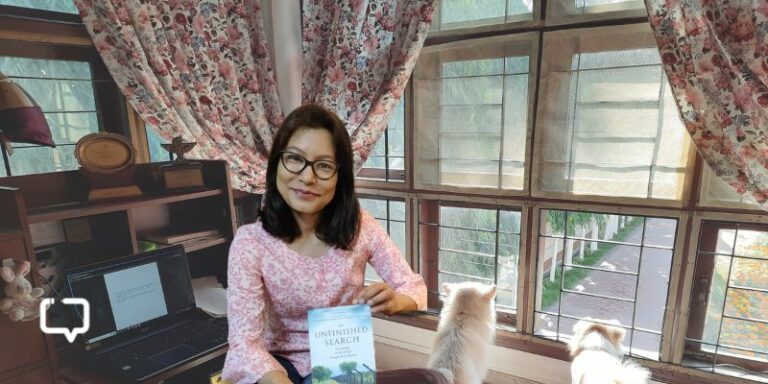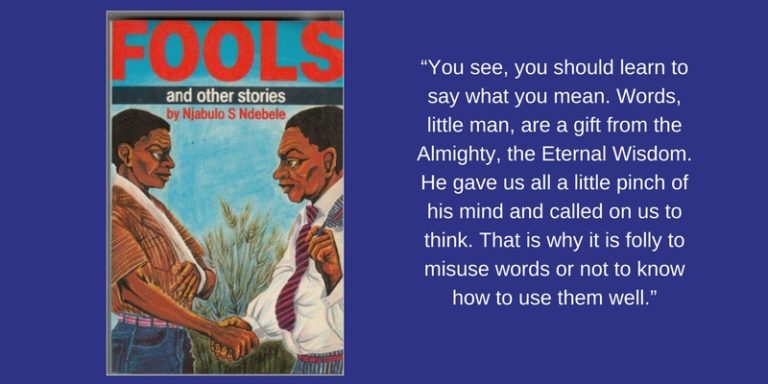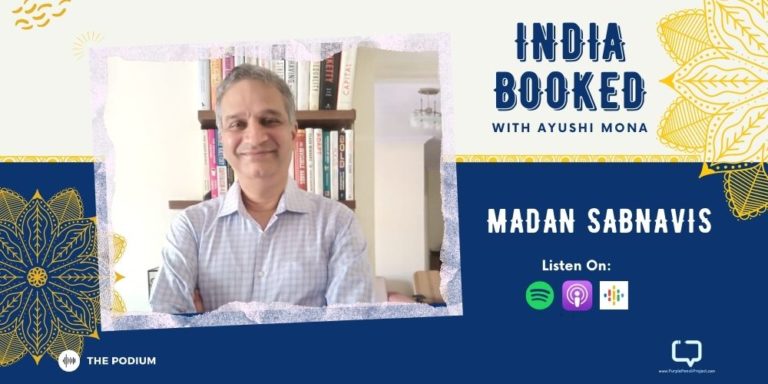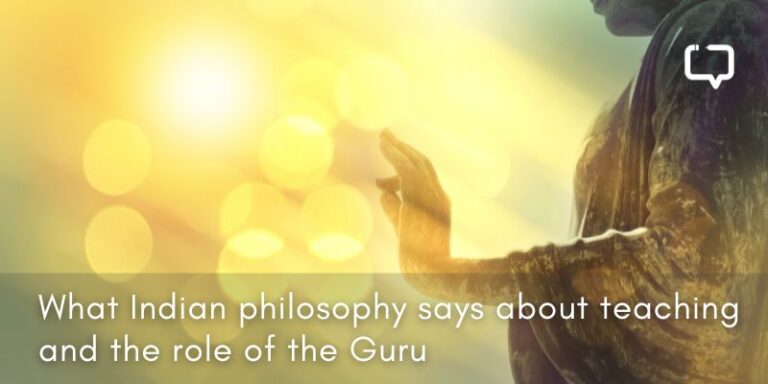Priyadarshini Gauri reviews The Simoquin Prophecies (Part I of the Gameworld Trilogy) by Samit Basu.
On my second date with the guy who would be my husband, we went to the Landmark bookstore (May its soul rest in peace!) in the city that used to be called Gurgaon. The year was 2007. We were both still in college. He spotted a book and started gushing about how its author, who was not much older than us, wrote a fantastic book at such a young age.
Sixteen years later, I found this book while spring cleaning the house, along with a bunch of my husband’s Harry Potters which I have now started reading to my son. The book is The Simoquin Prophecies: Gameworld Trilogy 1 written by Samit Basu and I picked it up almost two decades after its publication to see if it still holds up to its initial praise.
We encourage you to buy books from a local bookstore. If that is not possible, please use the links on the page and support us. Thank you.
The Old Tale(s) from the Gameworld
In a history class at the Enki University in the city of Kol, the young students of magical studies are being taught about the Simoquin Prophecies: Gameworld Trilogy 1. The prophecies foretell the awakening of the terrible Rakshash Danh-Gem, and typical for such a foretelling, the arrival of a hero to face him.
This is the Gameworld, a world shaped like an orange that has been cut in half, and the more you go into this world, the more you spot recognizable fantasy elements not just from the works of Terry Pratchett, J.R.R. Tolkien, J.K. Rowling but even Valmiki’s Ramayan, Greek and Egyptian mythologies and The Arabian Nights. It is a world inspired by the city of Kolkata and Bengali culture, a world of Humans, but also of Asurs, Ravians, Vanars, Centaurs, Chimaeras, Storks, and Seagulls. But that’s where things cease to be typical.
What happens to the Chosen One trope when the chosen one is quite literally chosen by a bunch of people to be trained as a hero? What happens to knights in shining armour in a world where there are no damsels in distress? What happens when a man rubs a lamp to find a Jinn, but rather than granting him his wishes three, the Jinn devours him and his camel? This is The Simonquin Prophecies: Gameworld Trilogy 1, spinning old tales and turning them over their heads.
At the heart of the story is the triangle of Kirin, Maya, and Aswin. Asvin, the Knight being trained to step into the shoes of the prophesied hero, was raised on patriarchal notions of masculinity and chivalry. On the other end is the spell-binder Maya who needs no help from him and at times is the one doing the rescuing.
Asvin had been very surprised, until Gaam had explained that it was not always the case that a hero’s mere presence would cast all damsels in the area into perilous predicaments he could rescue them from. Most of the rescues in the legends were, Gaam said, either fictitious or pre-arranged, and hardly ever sheer coincidence or fate. In the end a grumbling Maya had let herself be tied to a rock while Asvin, sword in hand, prowled the beach.
The fact that the serpent’s arrival had created a huge wave that had swept Gaam and Asvin far away and Maya had had to burn off her ropes and kill the monster on her own was, they all agreed, best kept secret.
As the day of Danh-Gem’s rising approaches, Asvin is sent on a quest, while Kirin learns of terrible things he must do in secret and the difficult choices he must make in order to save the world from the rakshasas. One also wonders if Asvin is but a red herring, given the secrets that Kirin learns about himself.
Greater Than the Sum of its Parts in the Gameworld
While the blurb of the 2004 publication calls The Simoquin Prophecies India’s first ever SFF genre novel in English (in English being the operative clause here), whole research papers have been written about how Basu’s Gameworld is a mish-mash of recognizable epic fantasy elements and tropes from the world over, with a generous dose of absurd humour thrown in. And yet, the world created is fresh and original.
Much of the credit for this goes to Basu’s highly original plot. Even as he employs the familiar fantasy tropes and situations as a starting point, it is his subversion and inversion of the same that provide not just comic relief but also food for thought. And yet, to dismiss this as a work of spoof or parody does not do justice to the nuances and the social commentary at the heart of this rather enjoyable modern-day epic.
“But it is not he who kills the dragon but he who returns with its head that gets to tell the tale of its slaying.”
One of the most interesting conversations in the book is the one Asvin has with his mentor, Gaam about what it means to be a hero.
“Not all heroes are handsome, tall, and strong. Some have atrocious manners, some are as ugly as an asur’s nightmares and some have disgusting diseases. Some monsters are slain by accident. . . So many dragons have died, out of old age, indigestion, or sheer boredom, and knights have come to empty caves, stuck swords in the corpses, and posed for the portraits… Many heroes may venture forth on the quest, but only one finishes it, and his is the tale that is told.”
There is also the almost meta-commentary about chroniclers and storytellers, and the part they play in creating heroes.
“The Chroniclers wrote the tales of the hero’s quests, which were often entirely fabricated, and gave them to the great poets, who in turn wrote the epics the world is so fond of…They loved the adventure, the travel involved and the feeling of actually making history—making it up, as it were.”
It is a commentary foreshadowed by the young spell-binder at Enki University, Peyaj, when she says “Of course the second prophecy is also written in the form of a poem in the book I read, sir, but given the fact that the words of this prophecy were the last words Simoquin the Dreamer ever uttered, and the fact that he was seriously wounded, and, indeed, dying, I find it highly unlikely that he expressed himself in the form of a poem as complex in metre and rhyming pattern as the one in the library.”
The overall effect of this work is so much greater than the sum of its parts. It tells a story in the fantasy genre while commenting on or even parodying the genre itself, and yet, the commentary and its attendant humour only add more depth and nuance to this thoroughly enjoyable ride.
Unlike in the Ship of Theseus, every old part has not just simply been replaced, but replaced with a new and improved version, making the whole uniquely original. In fact, the sense of deja-vu along the ride only lends it a familiar, nostalgic comfort.
Humour for the Millennial Generation from the Gameworld
If you grew up in the 90s like the author, and like me, chances are, you had multiple boys called Abhishek in your class. Usually distinguishable by their Surnames, the trouble was when we ended up having two Abhishek Sharmas in our class and had to suffix a numeral to their names to identify them. So I chuckled when the book mentioned “men named Abhishek”, a blanket term encompassing common men of Basu’s generation.
It was also funny how Maya kept calling Asvin Arjun or Ashish—I have trouble keeping all the male names starting with an A straight too (Is it Amit, Anil, Aman, Abhay, Ajay, Akshay?) especially when I have just met the person. There are the brothers Irik and Stivin Seagul, names inspired by Erich Segal and Steven Seagal, while other names are either inspired by Bengali fruits, vegetables, and sweets or anagrams of characters from the Ramayan. The island of Bolvudis, where Muwi-visions are made, is a spin on Bollywood the way Rabin of Oudh is a spin on Robinhood.
These little personal touches aren’t essential to the main story, but if you get the inside jokes, it is akin to solving a series of easy riddles, providing additional small doses of dopamine rush!
Pivotal moments essential to the plot and its quest are also a subversion of the classics—there is the typical Arthurian legend knight, Sir Cyr, Guardian of the bridge, who is fooled by the travelling protagonists into letting them pass. The Riddle of the Sphinx from Sophocles’ Oedipus Rex also makes an appearance in the story, but when Gaam easily answers it, the Sphinx, a bad sport, repeatedly tries asking more riddles, only she doesn’t know any other.
Humour, however, is very subjective and may have a shelf life. Many old jokes might age poorly because of our political education of the last two decades. Mercifully, there were no such problematic jokes in The Simoquin Prophecies.
As a Monty Python fan (as is evidently the author), I once shared The Black Knight’s ‘Tis but a scratch scene from Monty Python and the Holy Grail with a cousin half a generation younger than me. The scene which has me in splits if I merely think about it was just not funny to him, making me wonder if I’m the last generation to find Monty Python hilarious and utterly cool.
I wondered towards the beginning of The Simoquin Prophecies still holds up to its initial praise, and I can only answer that it does for me. However, some of the pop culture references, in which Basu’s debut novel abounds, might be more familiar to the millennial generation and older readers. For me, this book reminded me of all the cool things I was a fan of while growing up. It reminds me of 2009 Twitter, which for my generation, was a wonderful place to be in.
Best Quote
‘And you say the songs will not sing of you!’ cried Asvin. ‘Even if what you say is true — if my dreams have come true and can achieve what you think might — you will be the true leader of the forces of Good.‘
The Civilian took a deep breath. ‘Try not to use that word, Asvin. It makes me feel ridiculous. Danh-Gem was not evil. He was a power. He lost. The historians used to call him the Dark Lord, or the Prince of Darkness, or The Nameless One, or something equally foolish. I made sure they called him Danh-Gem. It does not matter if he was a rakshas. At least, that is what believe. You will not find words like Evil in the history books of Kol. But that too may change.’
Ask any asur who the most evil person in the world is, and they will say ‘Temat of Kol. The same Temat of Kol who allows them to work in a city full of prejudice and hate. They did not follow Danh-Gem in madness or fear. And if he wins this round, the new histories will probably chronicle the fall of evil— and that evil, Asvin, will be you and I.
Have you read this fantasy from the Gameworld? What do you think of it? Drop a comment below and let us know!










